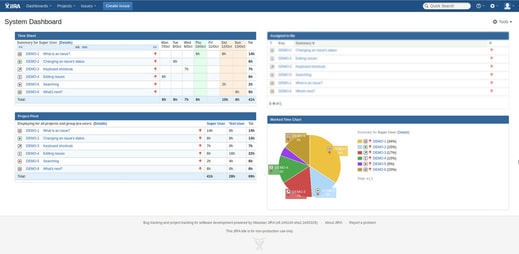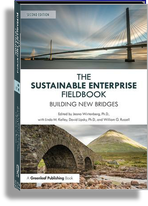CHAPTER 6 : ENTERPRISE SUSTAINABILITY METRICS AND REPORTING
|
ACTIVITIES
|
|
CASE EXAMPLES
- The IMU Flow cost accounting methodology - US Green Building Council LEED criteria for Tools
|
|
TOOLS
- The IMU Flow cost accounting methodology - US Green Building Council LEED criteria for Tools
|
Supplemental Resources

Recommended Articles
- The IMU Flow cost accounting methodology
- US Green Building Council LEED criteria for Tools
- The Nobel Prize for Climate Catastrophe: The economist William Nordhaus will receive his profession’s highest honor for research on global warming that’s been hugely influential—and entirely misguided.
- First Edition Background, p. 255
- Sustainability measurement foundational work, p. 256
- - Systems Thinking: This blog defines systems thinking and provides links to more resources on it........Systems thinking is a holistic approach to analysis that focuses on the way that a system's constituent parts interrelate and how systems work over time and within the context of larger systems. The systems thinking approach contrasts with traditional analysis, which studies systems by breaking them down into their separate elements. Systems thinking can be used in any area of research and has been applied to the study of medical, environmental, political, economic, human resources, and educational systems, among many others.
- - Academy of Change:
- Mental models and feedback loops, pp. 263-264
- Multi-capitalism, pp. 265-267
- Setting sustainability-aligned goals, pp. 267-269
- Sustainability metrics pitfalls, pp. 272-273
- First Edition Tools p. 273
- The IMU Flow cost accounting methodology
- US Green Building Council LEED criteria for Tools
- Beginner's guide to implementing sustainability metrics, pp. 275-277
- Sustainability balanced scorecard: Rent a Plant, pp. 278-280
- Forces influencing Doing Well pp. 280-281

- Project ROI, pp. 283-284
- Daniel Aronson Deloitte Study Sustainability and Innovation, p. 283
- Capitalism transformation, pp. 285-286
- ESG Risks and Ratings, pp. 286-287
- Raising the bar, p. 289
- The Global Reporting Initiative (GRI), p. 289
- The Sustainability Accounting Standards Board (SASB), p. 290
- The International Integrated Reporting Council (IIRC), p. 290
- Global Initiative for Sustainability Ratings (GISR), p. 290
- Materiality, p. 291
- TEEB Report: Natural Capital at Risk, p. 293
- Revised global ecosystem services value measurement US $125 trillion, pp.294-295
- Doing Well and Doing Good, pp. 295-296

- The World Economic Forum and enterprise risk assessment, pp. 297-298
- UN Guiding Principles Reporting Framework
- The CEO Force for Good (CECP) encouraging companies to Do Well and Do Good, p. 300
- Doing Good and Doing Well precautions and pitfalls, p. 301
- Planetary boundaries and the Stockholm Resilience Centre, pp. 305-306
- Social performance and Doughnut Economics, pp. 306-307
- Future Earth: scientists in service of sustainability, p. 306
- Context-based enterprise goals and indicators, pp. 307-308
- Multi-Capital ScorecardTM (trademark superscript) (MCS), pp. 308-309
- Science-based targets (SBTs), p. 310
- Enterprises commit to Thriving and Future-Fit Business Benchmark, p. 311
- Reporting 3.0, pp. 311-313
